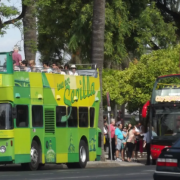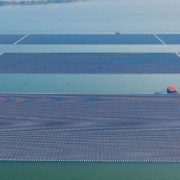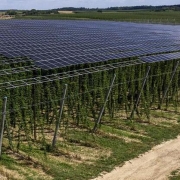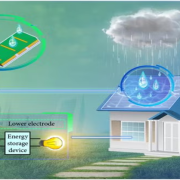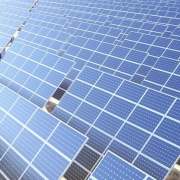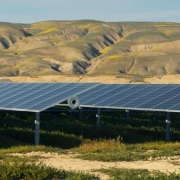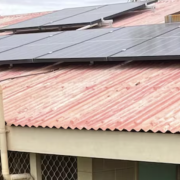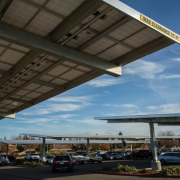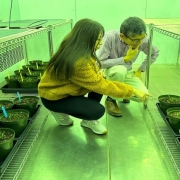University of Seville scientists have invented a solar-powered bus stop that can lower the temperature by 20C to keep pedestrians cool.
The innovative system has a top unit with solar panels that provide energy to pump water, an underground cistern that stores fresh water at night, a closed circuit that circulates water during the hottest times of day, and temperature sensors that also detect when pedestrians are present.
Here’s how the solar-powered bus stop works: When the sensors detect that a pedestrian has arrived at the bus stop, the pumping system activates. It draws water from the cistern and circulates it, and that lowers the temperature of the bus stop to between 20 and 24C (68 and 75F) by releasing cool air through small holes. The cooling process lasts for 10 to 20 minutes, then the water returns to the cistern. The water flows through the shelter’s roof at night to cool down.
Click here to read the full article
Source: electrek
—
If you have any questions or thoughts about the topic, feel free to contact us here or leave a comment below.

